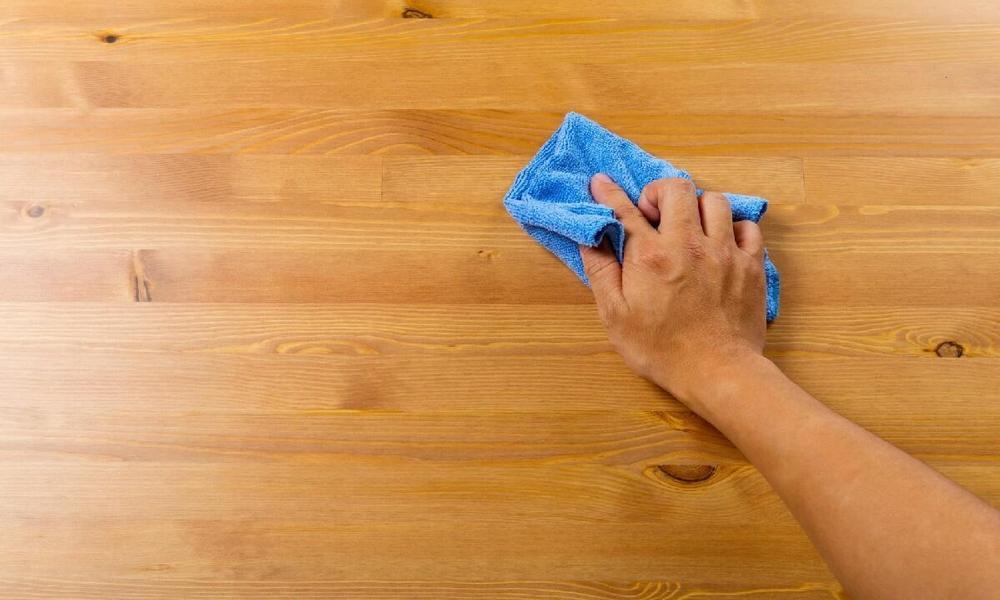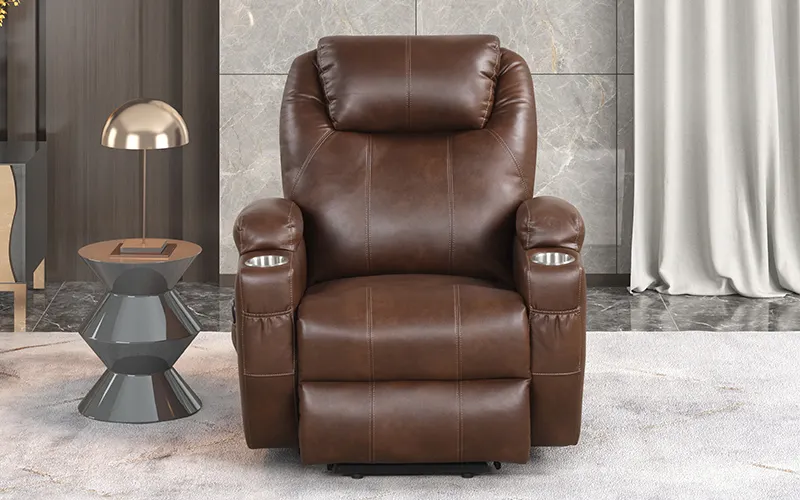Secrets To FURNITURE POLISHING – Even In This Down Economy
Choose the right polish: There are various types of furniture polishes available on the market, such as spray polishes, liquid polishes, and paste waxes. Select a polish that suits the type of furniture you have.
Test in an inconspicuous area: Before applying any polish to the entire surface of your furniture, test it in a small, inconspicuous area first. This will help you ensure that the polish doesn’t cause any discoloration or damage to the finish.
Maintain a regular polishing schedule: To keep your furniture looking its best, establish a regular polishing schedule. The frequency of polishing will depend on the type of furniture and its usage. As a general guideline, polish your furniture every few months or as needed to maintain its shine and protection.
Where Can You Find Free FURNITURE POLISHING Resources
Online blogs and websites: Many home improvement and DIY blogs offer free articles, tutorials, and guides on furniture polishing. Search for terms like “free furniture polishing tips” or “DIY furniture polishing” to find relevant resources.
Online forums and communities: Joining online forums and communities dedicated to woodworking, furniture restoration, or DIY projects can provide you with access to a wealth of information. Members often share tips, tricks, and resources for furniture polishing. Popular forums like Woodworking Talk and the DIY subreddit are good places to start.
Local libraries: Visit your local library to find books, magazines, or even DVDs related to furniture polishing. Libraries often have a wide selection of resources on home improvement and DIY projects that you can borrow for free.
Social media groups: Joining relevant social media groups or communities focused on DIY projects, home improvement, or furniture restoration can connect you with like-minded individuals who can share their expertise and resources on furniture polishing.
Why everyone should do FURNITURE POLISHING
Preservation and Protection: Regular furniture polishing helps preserve and protect wood or other materials from wear, tear, and damage. The polishing process creates a protective layer on the surface of the furniture, preventing it from drying out, cracking, or becoming dull over time.
Restoration of Beauty: Furniture that has lost its luster due to age, exposure, or neglect can regain its original beauty through polishing. Polishing can revive the color, shine, and grain of the wood, making your furniture look vibrant and attractive once again.
Increased Durability: Polishing can reinforce the structural integrity of furniture by replenishing essential oils and moisture in the wood. This helps prevent issues like warping, splitting, or splintering, making the furniture more durable and long-lasting.
Removal of Stains and Blemishes: Furniture polishing can effectively remove stains, scratches, water rings, and other blemishes that mark the appearance of your furniture. Polishing products often contain compounds that can gently eliminate or diminish such imperfections, restoring the furniture’s flawless look.
Health Benefits: Regular furniture polishing can improve indoor air quality. Over time, furniture collects dust, allergens, and other particles that can trigger allergies or respiratory problems. Polishing helps remove these contaminants, promoting a cleaner and healthier environment in your home or office.
Cost-Effective Maintenance: Furniture polishing is a cost-effective way to maintain and revitalize your furniture. It can be done easily at home with the appropriate polish and tools, saving you money on professional restoration or replacement.




